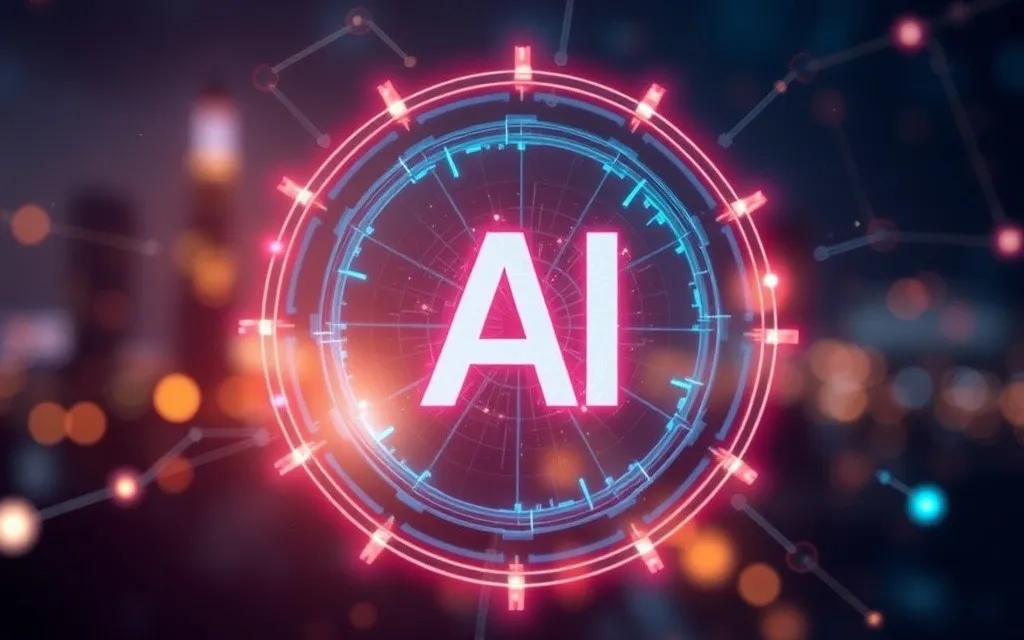
2024-12-18T04:00:00+00:00
In today's rapidly advancing field of artificial intelligence, transformer models have become quintessential to driving innovation. Introduced just a few years ago in 2017, these neural network architectures have reshaped natural language processing (NLP) and machine learning by adeptly handling sequences with newfound efficiency, making them indispensable in developing cutting-edge AI systems.
The introduction of transformer models marked a revolutionary shift away from conventional recurrent neural networks (RNNs) and convolutional neural networks (CNNs). Detailed in the landmark paper "Attention is All You Need" by researchers from Google Brain and the University of Toronto, this architecture overcame RNN limitations like the vanishing gradient problem by enabling parallel processing of sequential data, thereby boosting processing speeds.
Central to transformer models are two groundbreaking mechanisms: positional encoding and self-attention. Positional encoding supports the sequential comprehension of word order, while self-attention enhances contextual understanding by assigning importance to different parts of a sentence. These features transform data sequences into context-rich representations, making tasks such as machine translation, sentiment analysis, and text summarization more effective.
Transformer models are at the forefront of numerous groundbreaking applications, ranging from instantaneous language translation to complex fields like robotics and computational biology. Key features like multi-head attention and layer normalization empower models such as BERT, GPT-3, and RoBERTa to excel in managing vast word dependencies and scale effectively, setting new standards for performance and accuracy.
Moreover, by efficiently processing long sequences, transformer models reduce computational costs and bolster the growth of large language models (LLMs), which integrate diverse datasets to enhance AI applications across varied industries—resulting in more robust, adaptive solutions.
As artificial intelligence evolves, transformer models pave the way toward more adaptive and generalized systems, offering customizable solutions tailored to unique organizational needs while minimizing resource demands. With Nvidia's GPUs providing the computational backbone necessary for these models, we are witnessing a profound shift in AI capabilities.
The transformers' architecture facilitates a deeper understanding of data patterns, fundamentally altering current AI strategies and driving the future of technology. The journey of transformer models highlights a critical evolution toward sophisticated, efficient technologies that are poised to redefine how we interact with AI.
The impact of transformer models extends beyond language comprehension to setting new frontiers for what artificial intelligence can accomplish. As we continue to refine and expand upon these models, they form the foundation of modern AI, steering us into an era of exceptional technological progress.
Engage with these transformative models in your projects or studies, consider the potential they offer, and explore further reading to deepen your understanding of their mechanisms. How might you apply these insights to your work or interests? Could sharing this knowledge spark new ideas within your community?
Remember, as AI continues to advance, staying informed and engaged is key to harnessing the power of these transformative technologies.